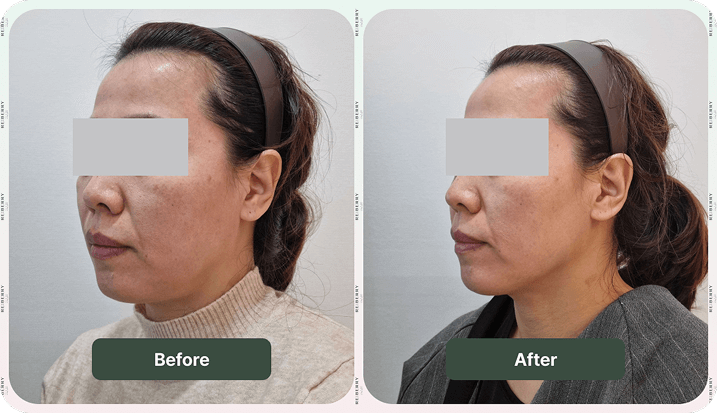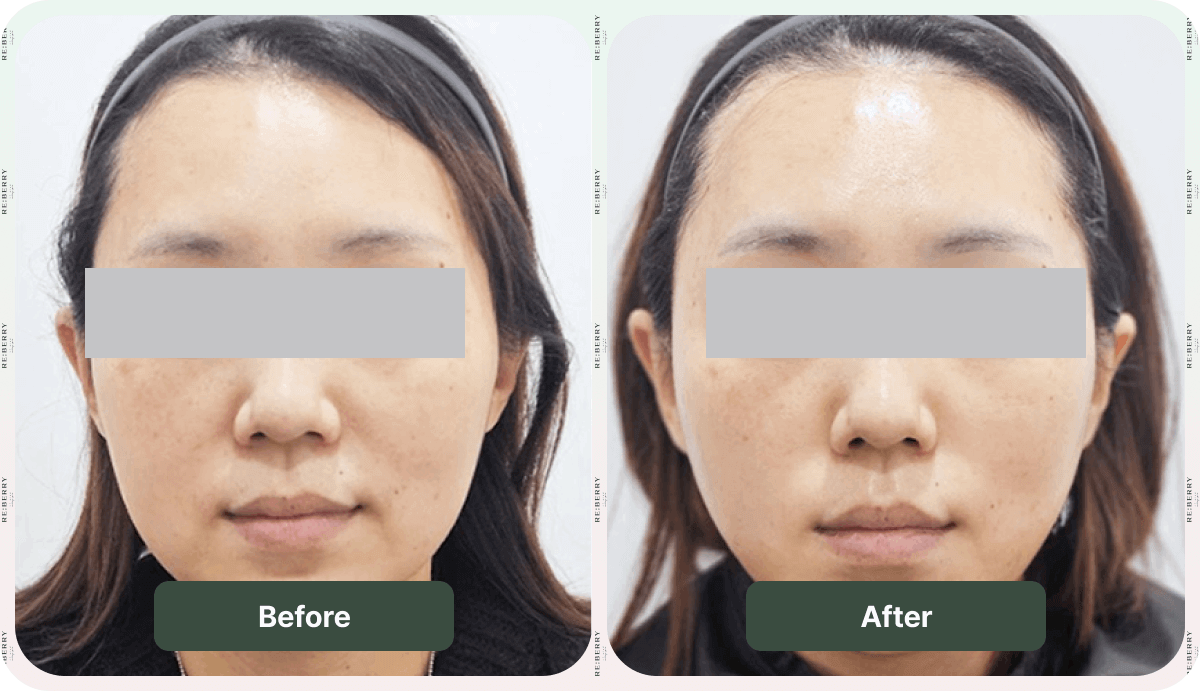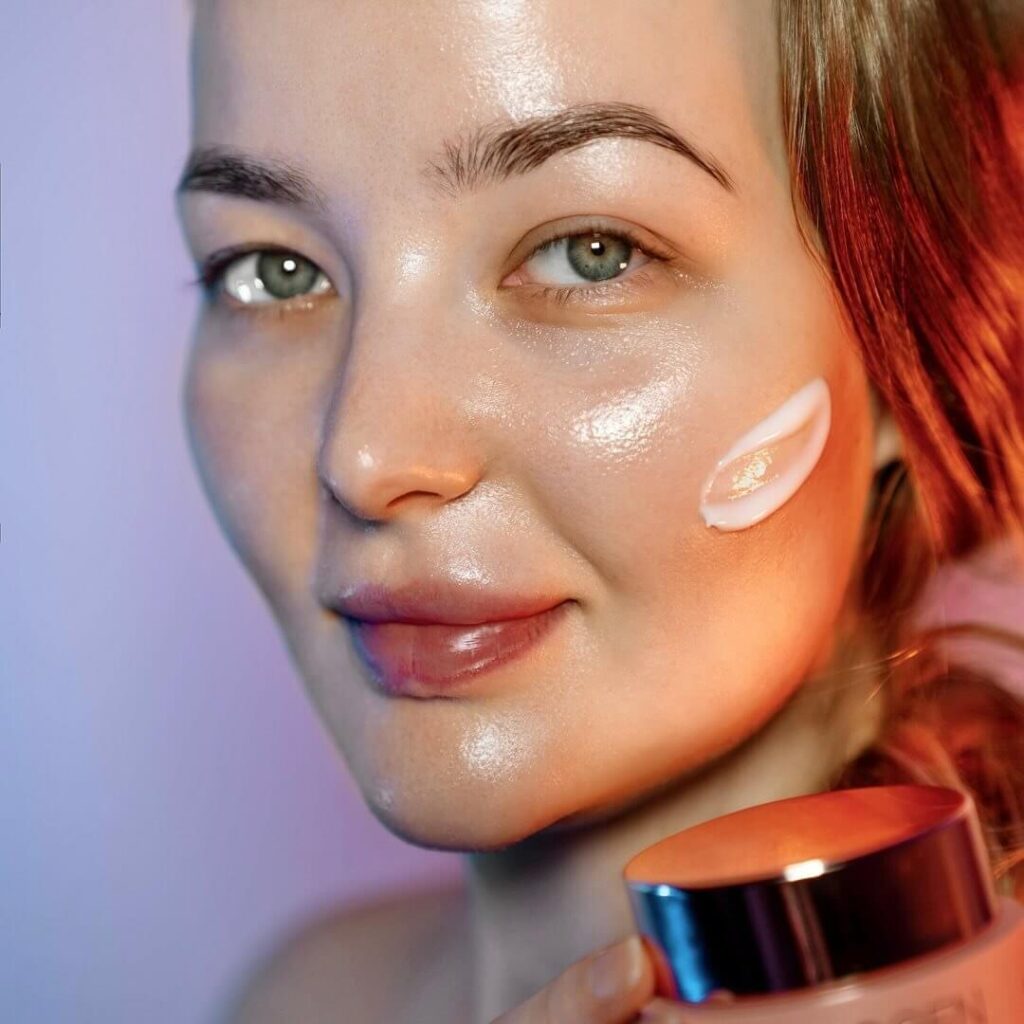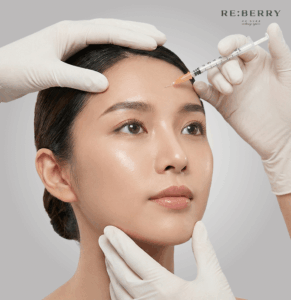It can feel frustrating when you work hard on weight loss, but instead of better health, you get your facial appearance worsened. After excessive weight loss, many people face issues like sagging cheeks, jowls or loose neck skin. This not only keeps you dissatisfied with your looks, but also leads to other serious physical, mental and social issues. Therefore, Facelift after weight loss has been a growing concern.
However, facelift options after weight loss can help you restore natural contours and confidence. In this article, you will learn about multiple face lift treatments to tighten the loose cheeks with lax skin, understanding why and how weight loss affects your face and skin plumpness.
How Does Weight Loss Affect Your Face?
The effect of weight loss on your face depends on factors, such as age, fat volume, and the speed of fat reduction. A young person who loses weight gradually often maintains good skin elasticity and achieves a refreshed, attractive facial appearance. Their facial fat pads shrink slowly, allowing the skin to adjust and remain firm, resulting in a balanced and healthy look.
For older individuals, rapid or excessive weight loss can lead to changes called “Ozempic face.” It is characterized by sunken cheeks, gauntness, and sagging jowls due to shrinking facial fat pads that normally provide volume and lift. Since skin elasticity decreases with age, the skin struggles to bounce back, leading to a hollow, less youthful contour and a sagging jawline.
Why Face Lift Treatments After Weight Loss?
Although the hollowed face with sunken cheeks and a gaunt appearance can feel discouraging after weight loss, the good news is that you can restore a youthful, attractive look with the right facelift treatments. With a range of non-invasive and minimally invasive facelift options, it’s possible to tighten loose skin, smooth out jowls, and bring back natural definition, all with minimal discomfort and downtime.
These advanced facial rejuvenation treatments work in two powerful ways: radiofrequency-based technologies stimulate collagen and elastin to lift and firm sagging skin, while injectable fillers replenish lost facial volume, soften hollows, and revive your healthy glow. By addressing both skin laxity and volume loss together, facelift treatments after weight loss not only restore balance to your facial contours but also deliver long-lasting, natural-looking results that refresh your overall appearance.
What are the Best Facelift Treatments After Weight Loss?
The best facelift treatments after weight loss include Onda Lifting, Titanium Lifting, Juvelook Volume, Thread Lift, and Ultherapy Prime. These treatments are effective in tightening loose skin, restoring facial volume, and enhancing overall contour after significant weight loss.
1. Onda Lifting
Onda Lifting uses radiofrequency technology to heat deep skin layers, stimulating collagen production and tightening loose skin without surgery. This treatment is particularly effective for the jawline and neck area, where weight loss often leaves behind sagging skin. You’ll see gradual improvement over 2-3 months with minimal downtime with Onda lifting.
2. Titanium Lifting
Titanium Lifting combines radiofrequency energy with micro-needling to penetrate deeper into the skin and rebuild collagen from within. This treatment targets both surface-level skin laxity and deeper structural support. You can see results typically within 4-6 weeks, and they continue improving for several months.
3. JuveLook Volume
JuveLook Volume is an injectable treatment that uses PDLLA microspheres to gradually restore lost facial volume while stimulating your body’s natural collagen production. Unlike traditional fillers, it works slowly over time to rebuild the facial structure that’s often weakened after weight loss. The results look completely natural and can last up to two years.
4. Thread Lifting
Thread lifting includes inserting dissolvable threads under the skin to physically lift sagging areas and create an immediate tightening effect. The threads also stimulate collagen production for long-term skin improvement, making it perfect for addressing jowls and loose cheek skin. Results are visible immediately and continue to improve over the following months as new collagen forms.
5. Ultherapy Prime
Ultherapy Prime targets the deep layers of the skin with focused ultrasound energy. This stimulates natural collagen and elastin production, helping to lift sagging jowls, tighten loose skin, and improve elasticity without surgery. At the same time, it subtly restores firmness and contours to hollow areas, reducing the gaunt appearance and giving the face a more balanced, youthful look.
What are the Challenges of Facelift Surgery after Massive Weight Loss?
FaceLift Treatments certainly resolves the demolished look with saggy cheeks after weight loss, but it’s essential to understand the unique challenges involved. Patients often experience soft tissue deflation, hematomas, and seromas post-surgery.
Additionally, factors such as skin laxity, reduced elasticity, and nutritional deficiencies can impair wound healing and collagen production, leading to complications like delayed healing and hypertrophic scarring. Therefore, it’s crucial to consult with a board-certified plastic surgeon experienced in post-weight loss facelifts to ensure optimal outcomes.
Choosing the right surgical approach is vital too. Techniques like deep-plane facelifts and fat grafting can address excess skin and restore facial volume. However, these procedures come with risks, including nerve injury, hematoma formation, and skin necrosis.
Moreover, post-surgery weight fluctuations can affect the results, potentially leading to the return of sagging or jowling. Therefore, maintaining a stable weight is essential for preserving the benefits of the surgery.
What are the Post-Procedure Precautions after Facelift Treatments?
Just having a facelift treatment won’t give optimal results if you don’t pay attention to post-procedure precautions, resulting to a botched facelift. Considering the challenges of recovery, it’s important to follow aftercare tips carefully. While each treatment has its own recovery protocol, some general instructions can help prevent complications and ensure lasting results.
Facelift treatments generally take 2–3 weeks to heal, and surgical procedures may require longer. During this period, you are recommended to keep the treated area clean to avoid infection and support proper healing. Avoid strenuous activities, heavy lifting, and bending that can increase swelling or bruising.
You should stay hydrated and eat nutritious foods rich in vitamins to boost skin repair, while minimizing smoking and alcohol that can slow recovery. Protect your face from direct sunlight and apply recommended ointments or creams to maintain skin elasticity. Sleep with your head elevated to reduce swelling and monitor for any unusual symptoms like prolonged redness or pain. Attend all follow-up appointments for your specialist to track progress and make adjustments if needed. Above all, it is always essential to stick to your doctor’s precautions to achieve the best, long-lasting facelift results.
Get Advanced Facelift Treatments in Reberry
Weight loss change in face, often marked by sagging skin, hollow cheeks, and a gaunt appearance, can affect both confidence and overall look. At Reberry Clinic, we offer advanced facelift treatments designed to restore youthful contours and address these post-weight-loss concerns effectively.
Reberry Clinic prioritizes personalized care, understanding that every face is unique after significant weight loss. Our board-certified dermatologists conduct detailed consultations to choose the most suitable treatment for your needs. Whether your goal is to restore facial volume, smooth wrinkles, or tighten lax skin, our advanced facelift options can help you regain your natural beauty and confidence.
Contact us today to schedule a consultation and take the first step toward revitalizing your face.

Reberry Clinic
Editorial Team
Frequently Asked Questions
What Are the Options for Correcting a Bad Facelift?
Options include revision facelift surgery, injectable fillers, fat grafting, laser treatments, and scar revision, depending on the problem.


































